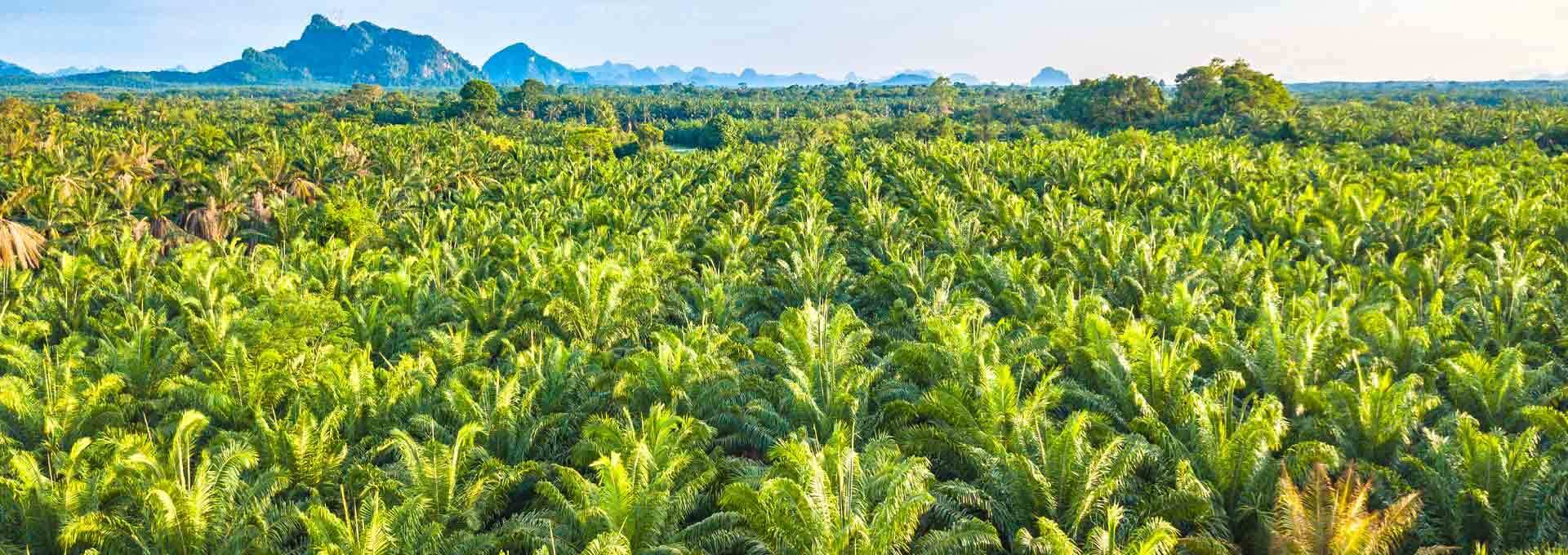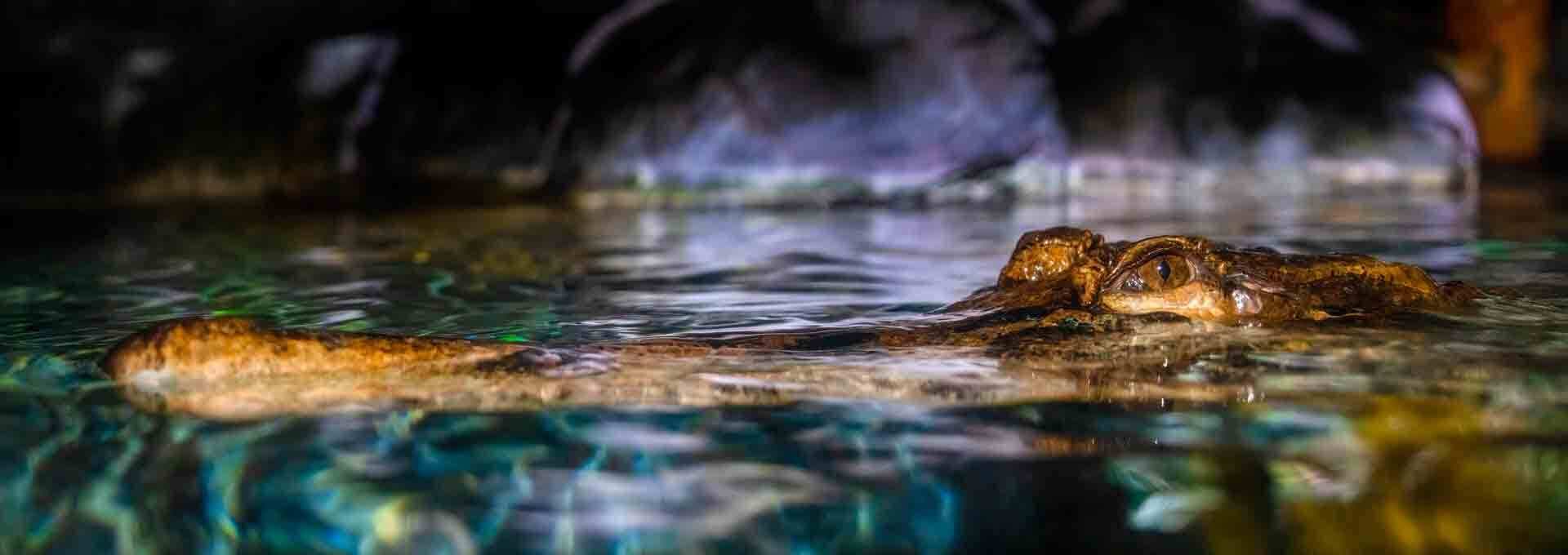It’s the spookiest season of the year, and time to stock up on candy and chocolates for the trick-or-treaters in our neighborhoods. But while Halloween fans decorate their doorsteps and craft their costumes, it’s a good time to consider what’s in the sweets we’re buying – and not just the sugar. Especially during this time of year, palm oil, which is present in Halloween candy as well as a wide variety of foods, has become a major conversation point among conservationists due to the ecological damage caused by its production.
Palm oil is derived from the African oil palm tree, which was introduced to Southeast Asia over a century ago, initially as an ornamental plant. However, its useful culinary properties have resulted in it appearing in nearly 50% of the packaged goods you find in a grocery store, including food such as chocolate as well as personal care items like shampoo. African oil palms grow nearly year-round. The oil has no scent nor color, is semi-solid at room temperature, resists oxidization, and is stable in high-temperature cooking – all qualities that make it an ideal additive for things like food spreads, shelf-stable products, and as a frying oil to make foods crisper and crunchier.
With all these benefits, the consumer demand for this oil is high, and for more than just Halloween treats. Half of the global population relies on palm oil as part of their diets, and it is frequently utilized as a cooking oil in African and Asian communities. And not only is palm oil used in the diets of people, but it is often incorporated into animal feed as well. Though native to West Africa, today around 85% of all palm oil is produced in Malaysia and Indonesia, where much of the controversy around its production lies.



